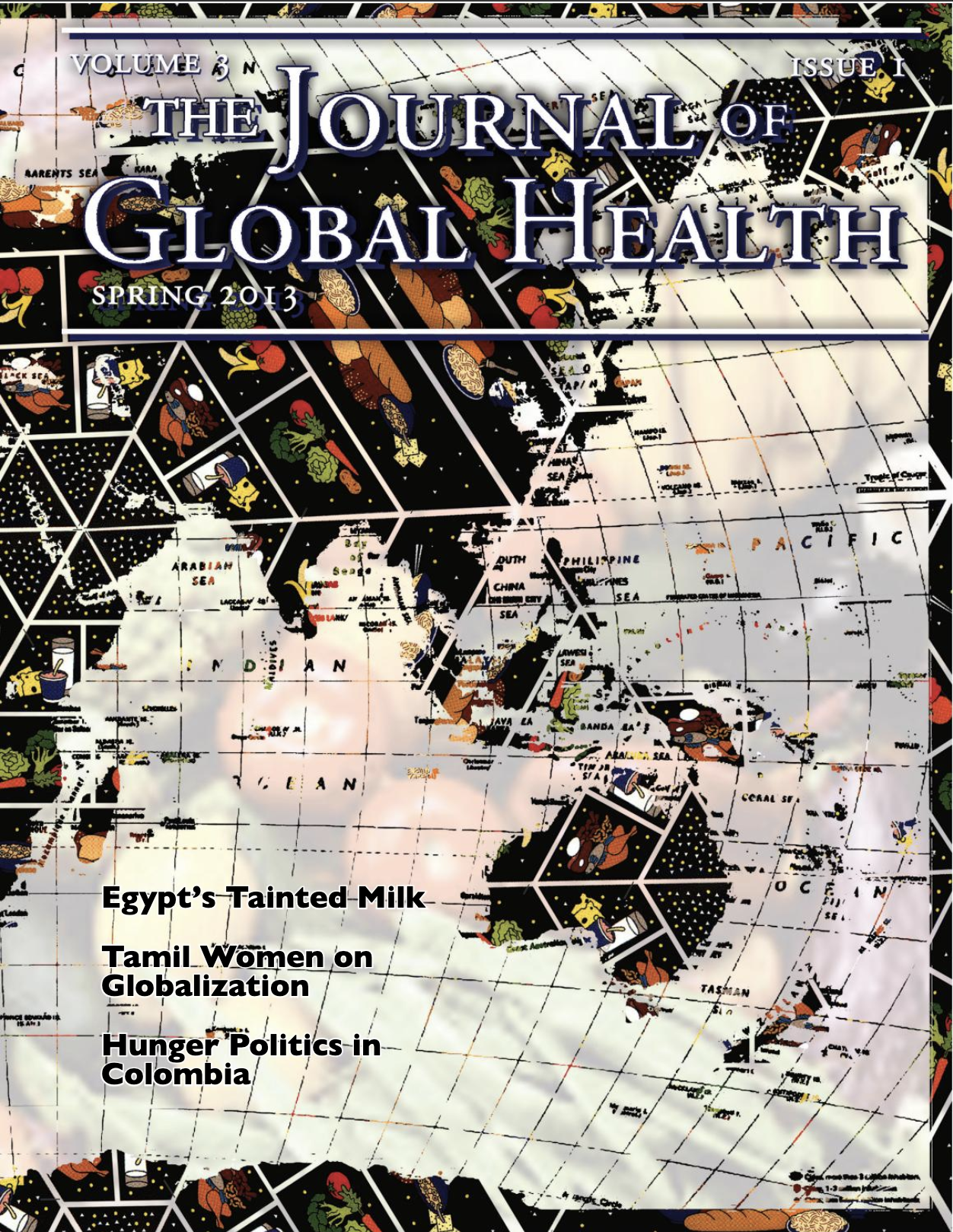The Argument for Global Tobacco Control
Main Article Content
Abstract
The prevention and control of non-communicable diseases (NCD) have been largely neglected, although these conditions have become the primary cause of global mortality. In fact, NCDs accounted for approximately 63% of worldwide deaths in 2008.2 Currently, NCD mortality exceeds the cumulative mortality attributed to communicable, maternal, perinatal and nutritional disorders in every region but Africa.3 A leading risk factor for NCDs is tobacco usage. Tobacco consumption causes five to six million deaths annually.3 Approximately 71% of lung cancer deaths, 42% of chronic respiratory disease cases and 10% of cardiovascular disease cases are attributed to smoking.3 Projections of current trends predict that by 2030, this number will reach nearly 10 million and up to 70% of smoking-related deaths will occur in low and middle-income countries (LMICs).4 By 2050, smoking will have caused an estimated total of 450 million deaths.4 Although these statistics are certainly alarming, they have not garnered adequate attention from international donors. In fact, in 2007, only 3% of all development assistance for health targeted NCDs.5

